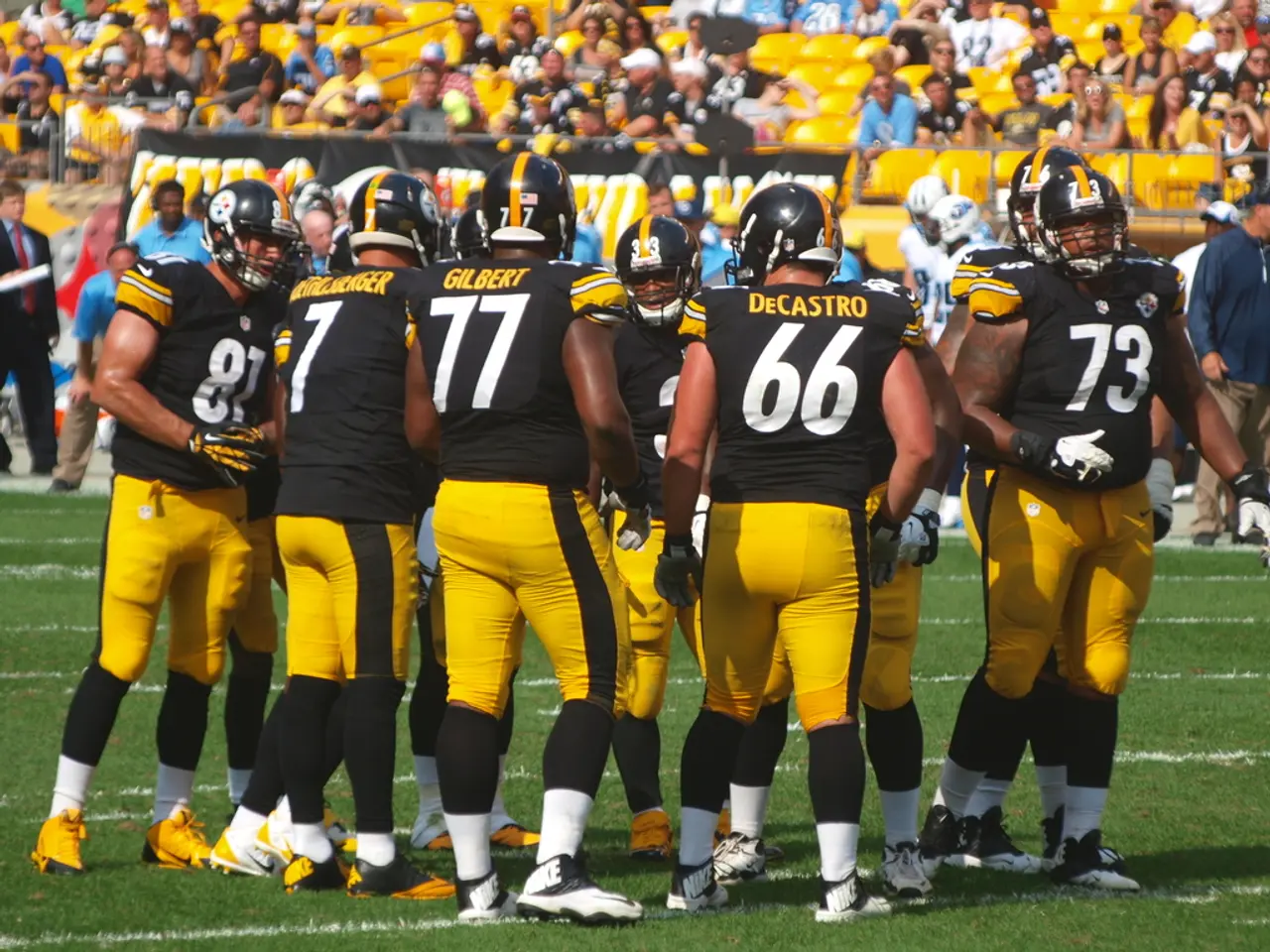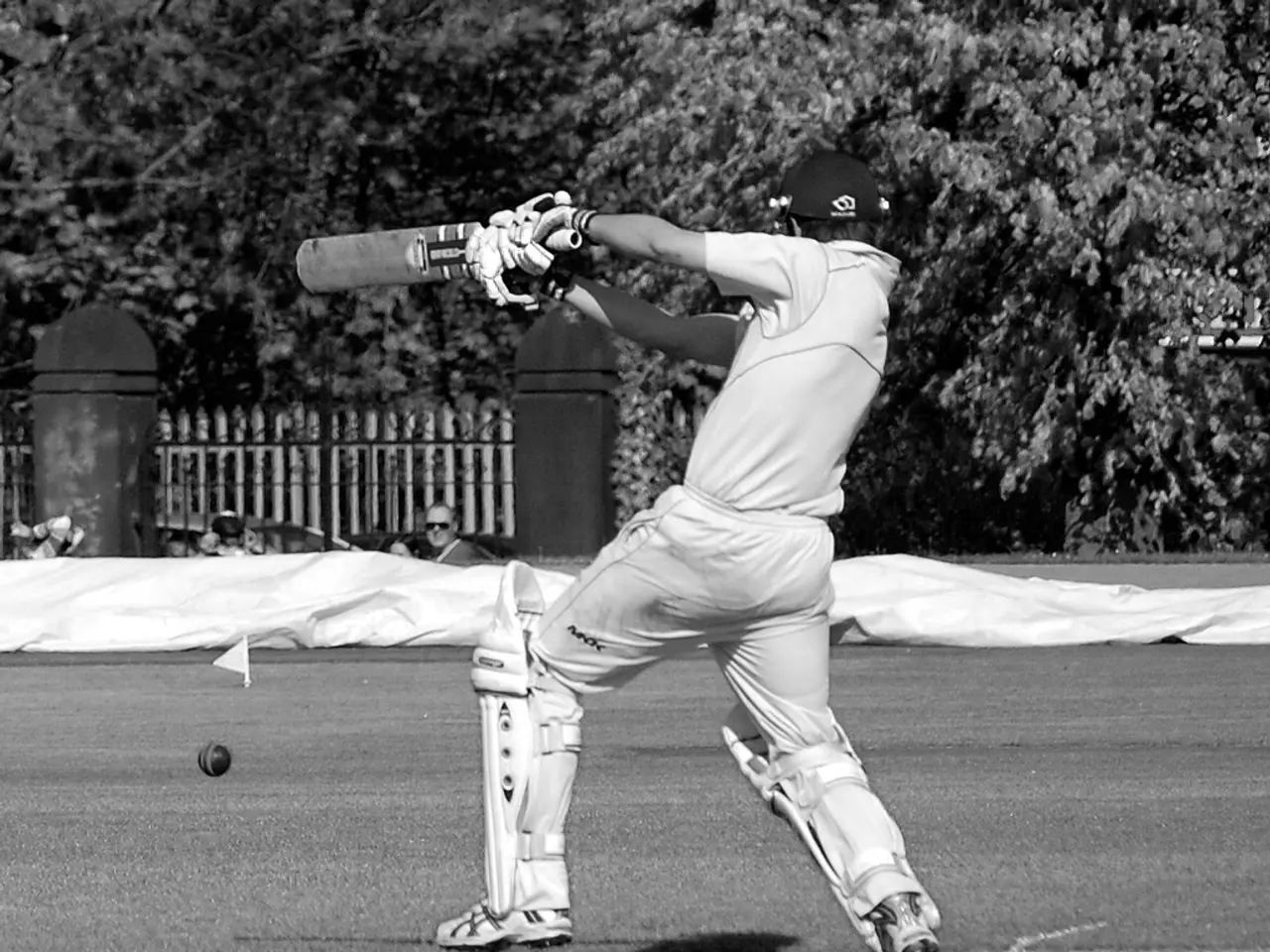Utilizing Machine Learning Approaches in Sports Statistics
Machine learning (ML) algorithms are revolutionizing the world of sports, enhancing player performance evaluation, injury prediction, tactical decision making, and fan engagement through advanced data analysis and predictive modeling.
Player Performance Evaluation
ML models analyze extensive historical and real-time data, including player movements, physiological metrics, and contextual game situations. This enables a more accurate assessment of player abilities, tactical roles, and potential. Clustering algorithms also help scout talent by grouping players based on shared performance metrics and potential, improving draft success rates by 20%.
Injury Prediction and Prevention
ML models leverage historical injury records, biometric data from wearables, and biomechanical signals to identify early signs of injury risk, enabling preventive interventions. Techniques like logistic regression, convolutional neural networks (CNNs), recurrent neural networks (RNNs), and anomaly detection algorithms analyze factors such as workload, recovery patterns, muscle fatigue, and movement irregularities. This predictive capability can reduce injury risk assessments by up to 30%, thereby prolonging athlete careers and reducing downtime.
Tactical Decision Making
Machine learning supports real-time game strategy optimization by analyzing player positioning, fatigue levels, and opponent tendencies. Advanced simulations and video analytics enable coaches to make data-driven tactical shifts and substitutions during matches, increasing win probabilities by around 15% in some cases. AI systems like Hawk-Eye provide detailed, real-time feedback that enhances coaching intelligence and in-game decision making.
Fan Engagement
Natural language processing applied to social media and fan forums helps gauge public sentiment, enabling teams and brands to refine marketing strategies and increase fan interaction. Sentiment analysis-driven campaigns have resulted in a 35% improvement in follower engagement.
Data Collection and Preparation
Wearable devices provide biometrics, such as speed, acceleration, and heart rate. Video cameras and video-tracking systems provide surveillance of movements, formations, and ball trajectories. The dataset is split into training and test sets for model evaluation. Data preprocessing steps include removing repetitive or irrelevant columns and label encoding for categorical data.
Limitations
Unpredictable events like sudden injuries or referee decisions can limit the accuracy of predictions. However, the integration of machine learning in sports analytics leads to quantifiable advances in competitive success and operational efficiency.
The Future of Sports Analytics
AI and ML are enhancing the fan experience by personalizing content, offers, and interactive experiences. The workflow is to preprocess the data, split it into training/testing, train a model, and then evaluate the predictions. By bringing together machine learning insights with coaching knowledge, teams will make better decisions and deliver better results. ML systems should be constructed within the actual game context and that of coaching practice. Unsupervised learning is used for finding potential placements in groups or play styles across players. The Random Forest model, used for this example, achieved an accuracy of 99.19%.
[1] McIntosh, A. (2018). Sports analytics: A new paradigm for sports management. Routledge. [2] Theocharis, A., & Siskos, Y. (2018). Sports analytics and big data: A review and future directions. Journal of Sports Sciences, 36(1), 1-11. [3] Kavcic, A., & Cadez, L. (2018). Machine learning in sports: A systematic review. Journal of Ambient Intelligence and Humanized Computing, 9(6), 2573-2590. [4] Snyder, J. (2019). The numbers game: Why analytics are transforming sports. Bloomsbury Publishing. [5] Suggs, S. (2018). The data-driven athlete: A guide to optimizing performance using the latest in technology and sports science. Rowman & Littlefield Publishers.
Deep learning algorithms, such as convolutional neural networks (CNNs) and recursive neural networks (RNNs), can be used to analyze biomechanical signals and movement irregularities, improving injury prediction and prevention in football by up to 30%.
Player performance evaluation in sports, like football, can benefit from deep learning techniques, as they can accurately assess player abilities, tactical roles, and potential through advanced data analysis, ultimately enhancing scouting and draft success rates.







